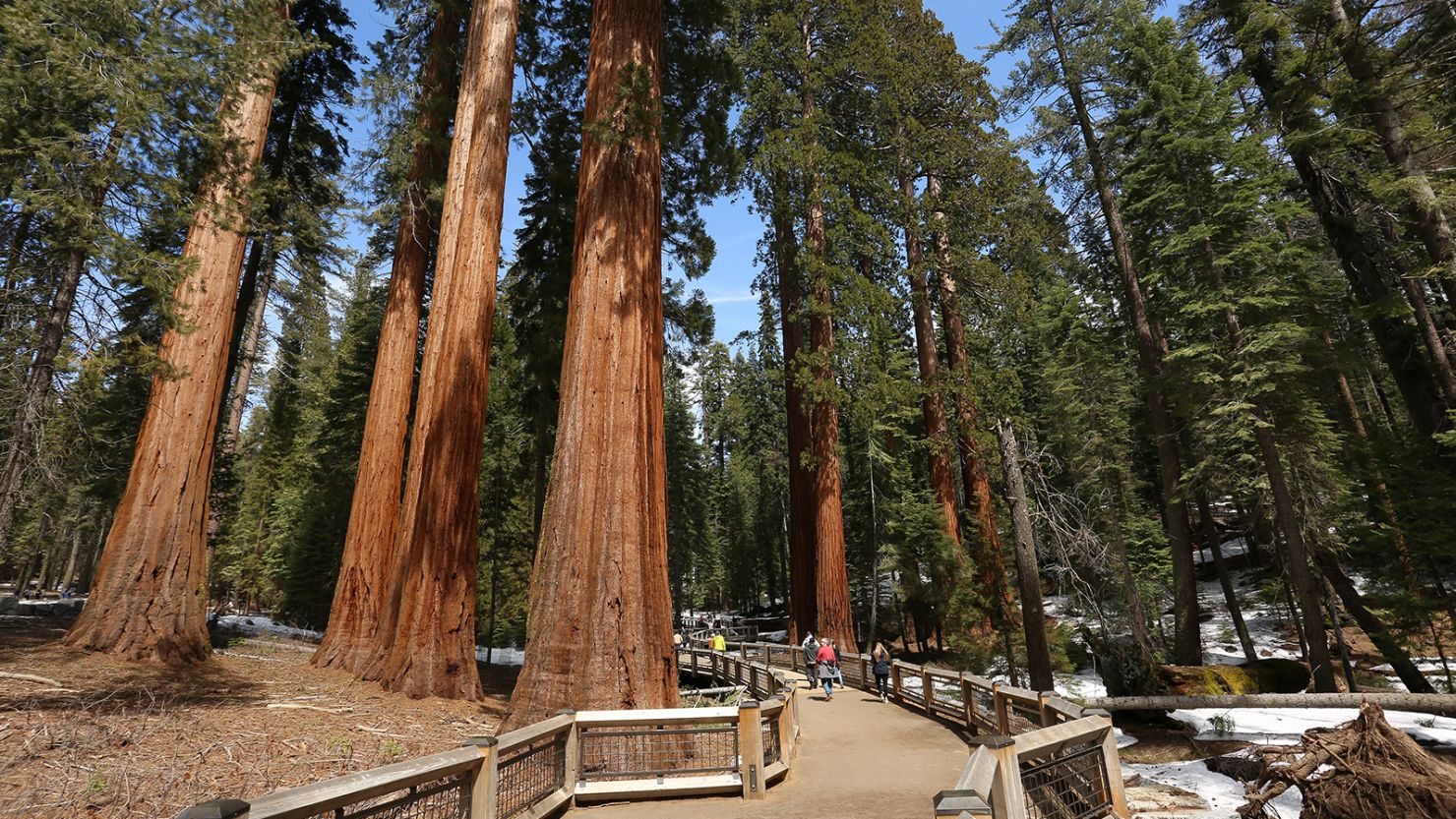The largest trees on Earth by volume, giant sequoias soar upward like natural skyscrapers and are simply mesmerizing in their immensity.
These trees have a limited range, though: They’re found only on the western slopes of the Sierra Nevada mountain range in California.
And that’s put some of them in danger as another harsh California wildfire season rages.
Find out more about these imposing, long-lived giants below.
Which giant sequoias are facing the threat of wildfires?
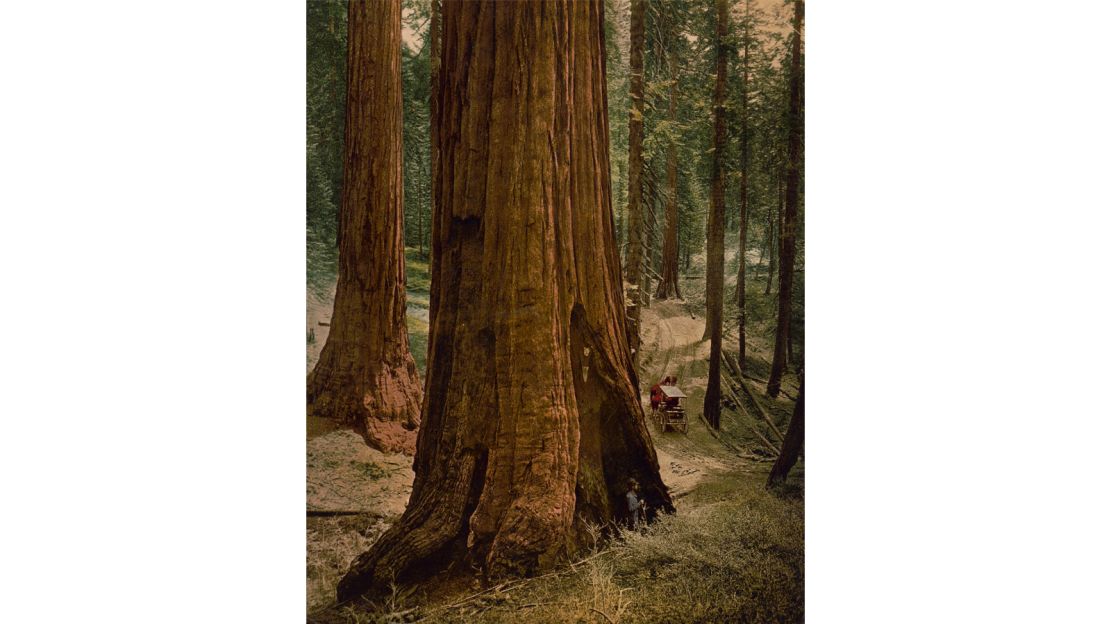
Fire has entered Yosemite National Park’s famed Mariposa Grove, officials say. But the park and the firefighters on the ground have done as much as possible to protect the trees.
“The combination of the removal of the hazard fuels and the prescribed burning that we’ve done, with the temporary sprinkler system that is in place, we are confident that’s giving those giant sequoias the best protection available,” Nancy Phillipe, a park ranger with Yosemite Fire, told CNN on Monday.
Giant sequoias live in three groves of Yosemite National Park. Mariposa Grove, near the park’s south entrance, is the most easily accessible.
Home to more than 500 mature giant sequoias, Mariposa Grove was first protected in 1864 for “public use, resort, and recreation,” according to legislation signed by President Abraham Lincoln.
The grove is symbolic of the idea of a national park. The land around the grove and the valley became Yosemite National Park in 1890.
Are sequoias found only in Yosemite?
No. Their natural range in California’s Sierras extends beyond Yosemite’s borders (and they are grown successfully from seeds in other places outside the state).
Sequoia & Kings Canyon National Parks derives its name from the tree. And they’re not just in national parks.
For instance, you can also see them in the federally run Sequoia National Forest, Calaveras Big Trees State Park and Balch Park in Tulare County west of Death Valley, among other places.
Not all giant sequoia groves are in current danger from wildfire.
Why such a limited range for these trees?
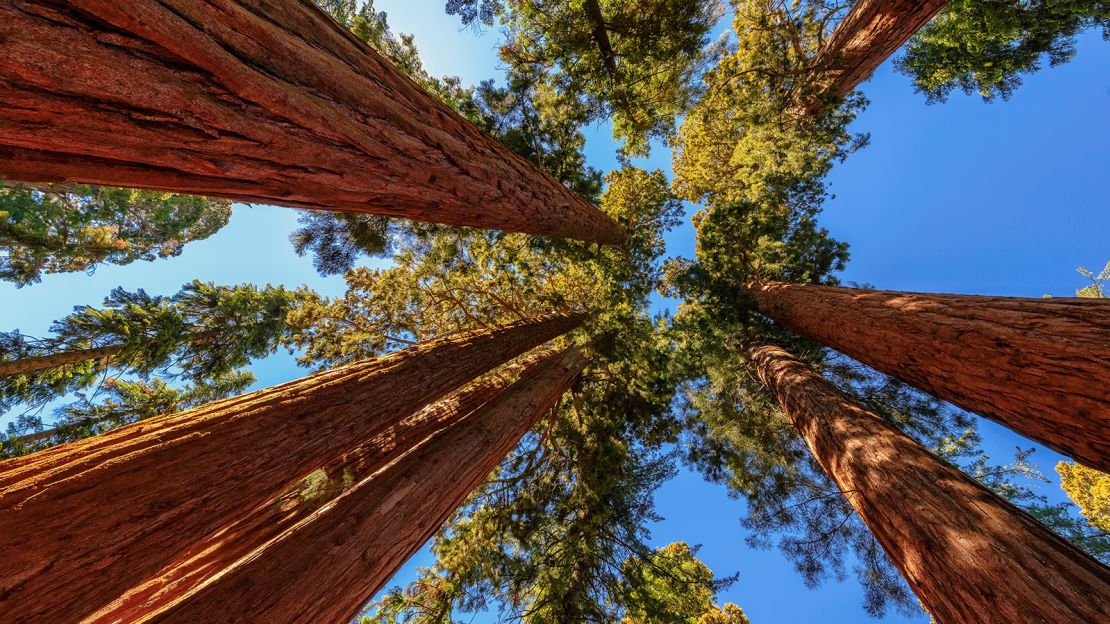
These giants, which can grow as tall as a 26-story building, need very special conditions to thrive, according to the National Park Service.
The mid-Sierra zone at 5,000 to 8,000 feet (1,524 to 2,438 meters) creates the unique, necessary conditions:
• Mild temperatures in winter and summer
• A deep snowpack
• A “rich fire history”
But the climate crises is producing longer fire seasons, and that could affect the future of giant sequoia groves such as Mariposa.
Is fire a friend or foe to the giant sequoia?
It’s both.
“The giant sequoias are adapted to a natural fire – it’s how they reproduce, with fire releasing seeds from the cones,” Beth Pratt, the California regional executive director for the National Wildlife Federation, told CNN Travel in an email interview Monday afternoon.
“Their branches are high up on the trunk, and their spongy bark provides defense from heat. But what they are not adapted to is the new off the charts regime of fire caused by climate change.”
How are the fires doing more damage?
“It’s not just the longer fire season, but more frequent fires, and fires of greater intensity, that burn at rates and temperatures they can’t survive,” said Pratt, who lives at the edge of Yosemite and has seen the smoke from the fire.
“As the National Park Service notes, the rate of burn has accelerated exponentially, with more than 85 percent of all giant sequoia grove acreage across the Sierra Nevada has burned in wildfires between 2015 and 2021, compared to only one quarter in the preceding century.’ “
What is special about sequoias?
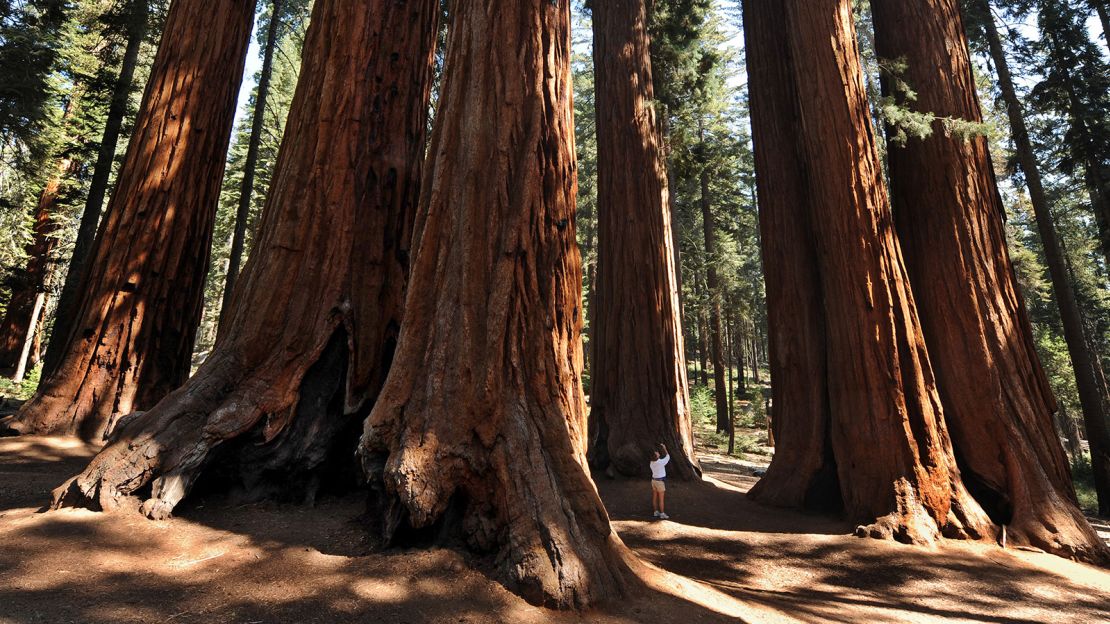
For one thing, giant sequoias can live more than 3,000 years.
At 3,266 years old, the oldest known specimen was located in the Converse Basin Grove of Giant Sequoia National Monument, according to the National Park Service. The monument is a nearly four-hour drive south of Yosemite.
Only two other tree species in the world can live longer than the giant sequoia – bristlecone pines and Alerce trees.
The most enormous giant sequoias have a ground circumference of more than 100 feet (30.5 meters).
Sequoias are also giants in carbon capture, according to Sequoia Solution, which promotes the benefits of planting sequoias. “Sequoias happen to be phenomenal at sequestering massive amounts of CO2 – and locking carbon down for thousands of years,” the website said.
Are sequoias and redwoods the same tree?
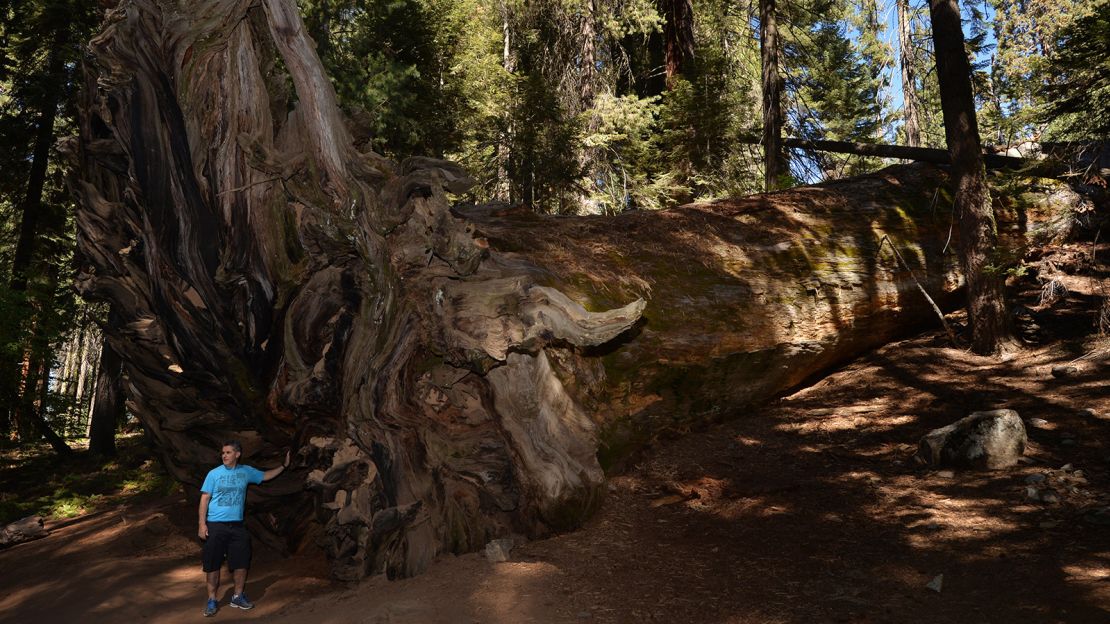
They’re not. The giant sequoia and redwood are closely related but not the exact same kind of tree. The National Park Service explains a couple of the differences:
Habitat: The giant sequoia is found for a distance of about 250 miles (402 kilomters) in central California at elevations of 4,000 to 8,000 feet (1,220 to 2,440 meters). The redwood grows near the Pacific Ocean along the Northern California coast in a belt about 450 miles (725 kilometers) long.
Shape and size: “The giant sequoia is the largest tree in the world in volume and has an immense trunk with very slight taper; the redwood is the world’s tallest tree and has a slender trunk.”
What’s the emotional and physical impact of this threat?
“One of my earliest memories of visiting Yosemite, over 30 years ago, is of snowshoeing in the Mariposa Grove. … It’s a profound and magical experience, standing next to these ancient giant sentinels, living beings with memories stretching back for thousands of years,” Pratt said.
“That this grove could be threatened by human actions is tragic to me. I’ve been watching the smoke plume from my front yard, and breathing the smoke as well, and it’s been tough knowing those trees are at risk.”
“It was heartbreaking watching flames consume those majestic trees in Sequoia National Park last year, and I don’t want to repeat that experience. These are rare, living creatures that are irreplaceable in not just our lifetimes but many lifetimes.”
Top image: When conditions permit, visitors can see giant sequoias up close at Yosemite National Park. (kulliprashant/Moment RF/Getty Images)

